SLVS728D January 2007 – October 2019 TPS2412 , TPS2413
PRODUCTION DATA.
- 1 Features
- 2 Applications
- 3 Description
- 4 Revision History
- 5 Device Comparison Table
- 6 Pin Configuration and Functions
- 7 Specifications
-
8 Detailed Description
- 8.1 Overview
- 8.2 Functional Block Diagram
- 8.3
Feature Description
- 8.3.1 Definitions
- 8.3.2 TPS2412 vs TPS2413 – MOSFET Control Methods
- 8.3.3 N+1 Power Supply – Typical Connection
- 8.3.4 Input ORing – Typical Connection
- 8.3.5 System Design and Behavior With Transients
- 8.3.6 TPS2412 Regulation-Loop Stability
- 8.3.7 MOSFET Selection and R(RSET)
- 8.3.8 Gate Drive, Charge Pump and C(BYP)
- 8.4 Device Functional Modes
- 9 Application and Implementation
- 10Power Supply Recommendations
- 11Layout
- 12Device and Documentation Support
- 13Mechanical, Packaging, and Orderable Information
Package Options
Refer to the PDF data sheet for device specific package drawings
Mechanical Data (Package|Pins)
- D|8
- PW|8
Thermal pad, mechanical data (Package|Pins)
Orderable Information
7.7 Typical Characteristics
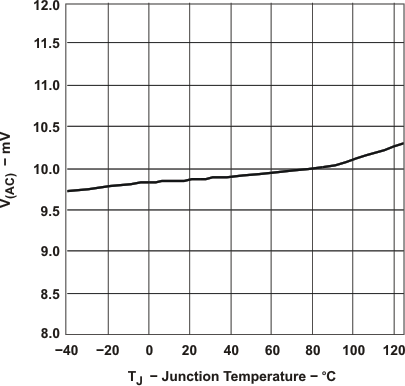
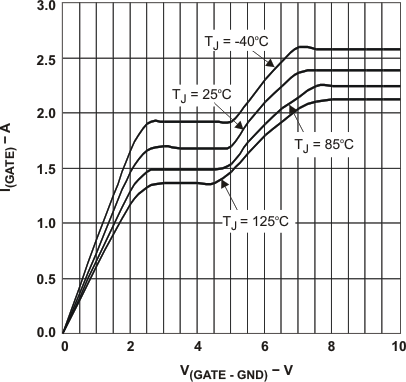
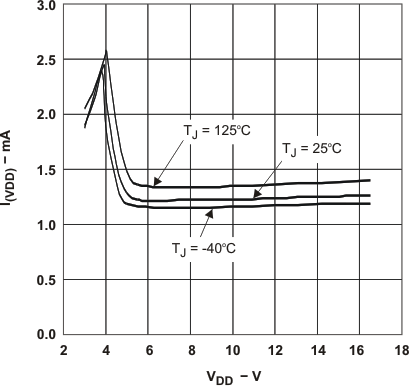
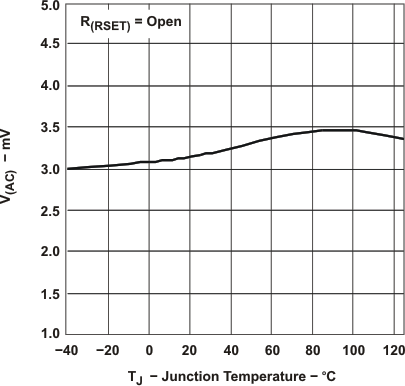
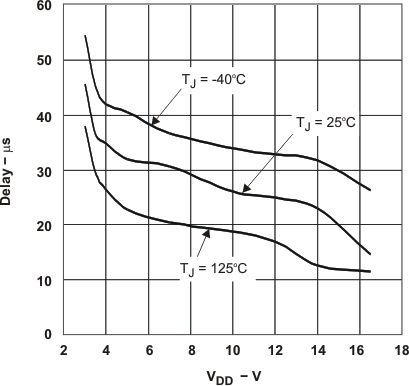
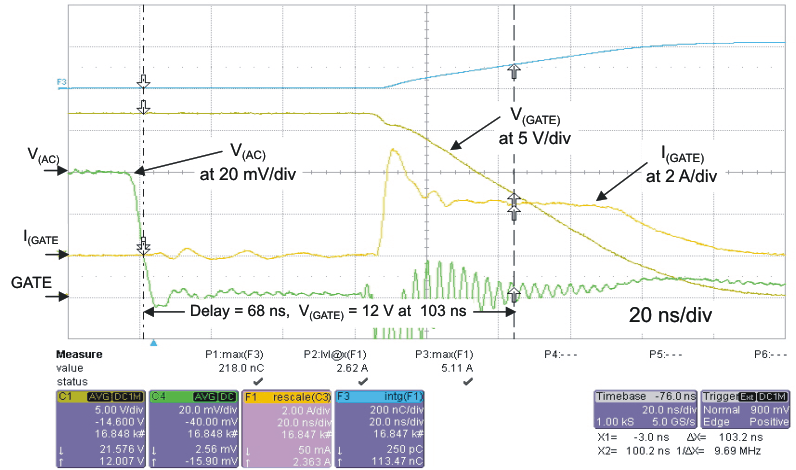
C(GATE) = 10 nF and V(AC) = -20 mV (VDD = VA = 12 V)
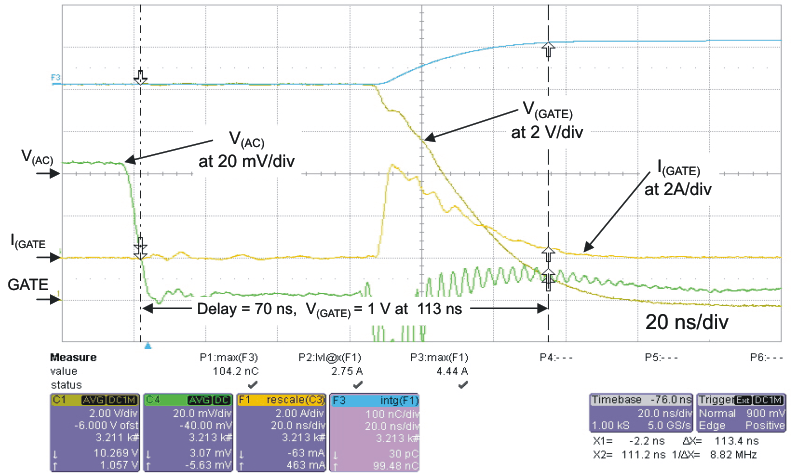
C(GATE) = 10 nF and V(AC) = -20 mV (VDD = 5, VA = 1 V)